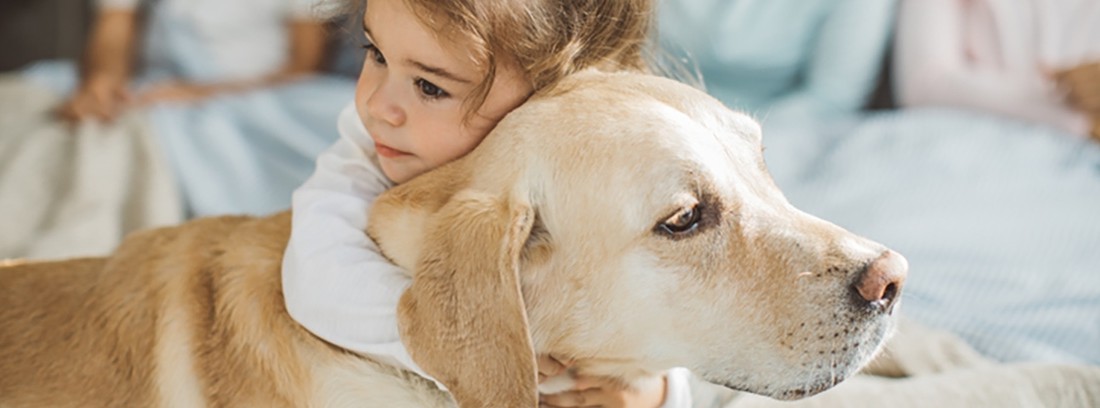Pets and children
 | Children who take care of pets learn something fundamental: the importance of affection and respect for animals.
| Children who take care of pets learn something fundamental: the importance of affection and respect for animals.
Pets or domestic animals can be an important element for the development of the child in all its aspects: physical and emotional. Despite all the advantages that having a pet at home, we must weigh the risks and know them in order to be able to prevent them properly. Children who take care of pets learn something fundamental: the importance of affection and respect for animals. It is a way of acquiring responsibilities.
It is a common fact that the smallest of the house ask for an animal at home. If the parents agree to that request, they must do so in an act of responsibility; They must explain to the child that it is not a toy, but a living being that needs care. A pet should be chosen that is adapted to the family way of life and the conditions of the home. Children's preferences in choosing a pet are: dogs, cats, hamsters, turtles, and fish.
Having a pet can be a great opportunity to teach respect for nature and animals to the little ones and also to enjoy joint activities as a family, both playing and caring for the animal.
It is common sense that the pet cannot be more important than the baby or young child, but animals (such as dogs) do not know this. With the attitude of the parents and relatives, the animal must understand that the child is always above him in the family hierarchy; For example, we must first give attention to the baby and then to the animal: first greet the baby when they get home, for example.
Benefits of pets for children
Living with the pet helps to develop a sense of responsibility and to understand that others also have needs. It is recommended that the child take charge of the small tasks involved in having an animal at home: walk, food, washing the food plate….
Living with a pet from an early age seems to help develop greater self-confidence and in relationships with others. They are more sociable children and with greater empathic capacity towards others. In addition, the relationship with another living being helps to develop aspects of non-verbal communication and the capacity for intuition.
Children who live with pets can also gain a better understanding of life processes such as birth and death. In cases of jealousy over the arrival of a new sibling, the pet can reduce the attacks of jealousy.
At the immunological level, some studies affirm that living with dogs and cats from birth strengthens the immune system and prevents the appearance of allergies.
Risks of having pets
With most pets there is always the risk of bites or scratches, so the animal must be well trained and the child must be educated to respect it and not disturb it when the animal is eating or sleeping. If you buy a pet, you should choose a peaceful breed that has a suitable temperament to be with children.
The greatest risk of a bite or scratch is infection of the wound and the spread of infections. It is very important to have the animal very well vaccinated, take it regularly to the vet and, if it causes any injury to the child, take it to the Pediatrician immediately. It is important to keep the animal in optimal hygiene conditions as they can transmit fungi (ringworms) and fleas. The child should not be allowed to touch animal droppings and hands should always be washed after touching the animal.
Families with allergic or atopic children should avoid fur (dogs, cats, horses) and feathers (birds) as these children are more likely to become sensitized and allergic to these animals. We must never leave the child alone with the pet. As a final brushstroke, the final responsibility for the care of the animal belongs to the parents and not the child.
(Updated at Apr 14 / 2024)